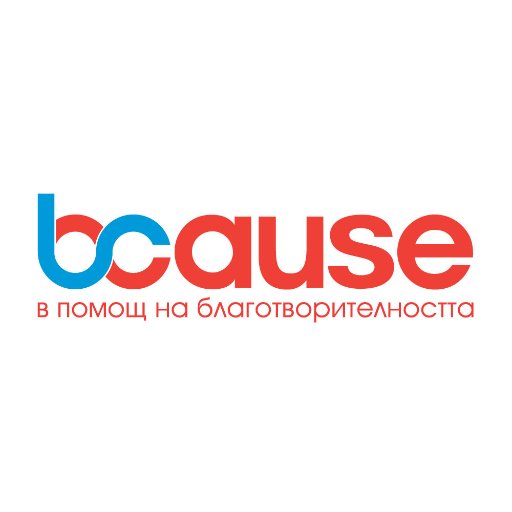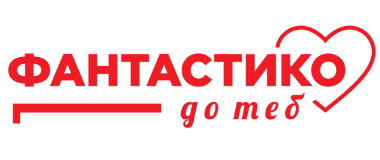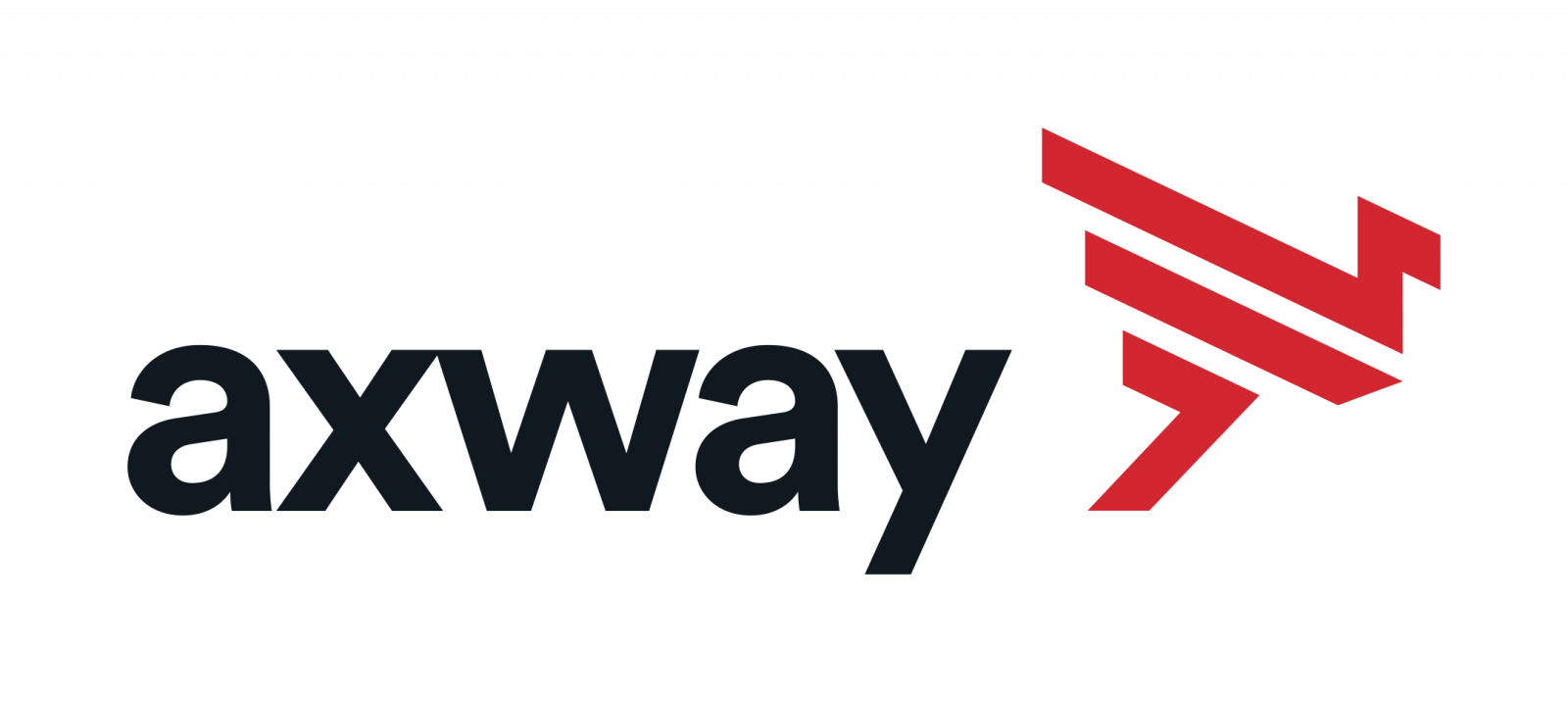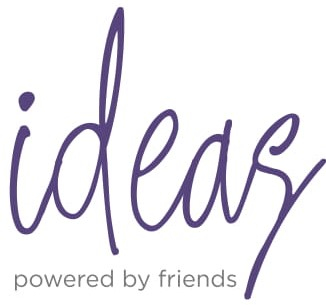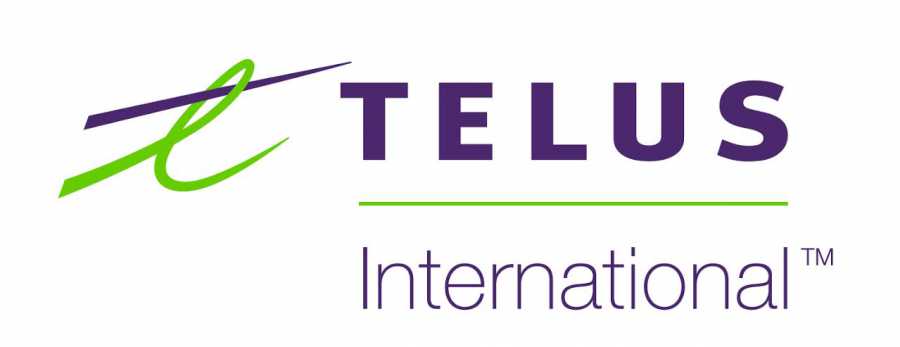
ARTON PROGRAM - The therapeutic power of the group
Creative projects involving group work - general musical performance or group painting, collage, sculpture - are useful in helping to explore and strengthen social...
Before the start of the actual art therapy session under the ARTON Program, an important part of its structure are the preparatory or "warming" exercises. They are not introduced by the art therapist artificially in the environment, but are presented to children as a form of play, an opportunity to relax, distance themselves from current hospital life, initial creative experiments, a way for children to feel and get to know each other as a working group. The "warm-up" helps the more anxious or those who are joining the sessions for the first time. This practice helps to understand the message that in art therapy it does not matter to what extent a person can paint. It is important to express thoughts and feelings. Quick creative exercises (usually five to ten minutes) are a great transition to the real topic of the session, to support the group process, to support the individual.
Spontaneous drawing begins, which allows children to express problems, feelings, fears, desires or worries, in a non-threatening way in the comfortable environment of the art group. Here he paints with pencils, pastels. In this way, children communicate both verbally, but also through symbols and images. It is these immediate images that serve as a means of facilitating communication, growth, and insight.
The phenomenon of children's curiosity in this part of the sessions is a leading force in the discovery of new models of expression through art. This is a phenomenon that we obviously observe in children who make spontaneous creative decisions, an expression of a deep personal experience for each of them.
An experience of severe distress, such as a life-threatening diagnosis and long-term and aggressive treatment with a long hospital stay, is marked by the limitations of the situation and the individual incapacity of the patient. However, with creativity-oriented decentralization, there is an effective experience of available opportunities and even achievement within limited resources. The experience in the process of creation can be seen as an experience of coping or "opening the way" from the limited situation to resilience. The result of the end of the session always has an impact on the patient's daily reality. This is necessary, even when sometimes in the sessions the final creative result is difficult to catch. In such cases, we need to find a way to make the transition to the next session, in which we will further develop and complete the work started. Towards the end of the sessions of the ARTON Program we ask for specific ideas, insights of the child for the implementation of his project, its meaning and value as a form of mental support, we open a general discussion on the finished works and the process that led to their creation. The art therapist focuses on all aspects of the child's expression and tries not only to understand them, but also to give them feedback. The therapist's answers to such expressions are aimed at helping the child to find the shape or form of the meaning that excites him, to open the way for expression - chosen and trusted by the child. Talking to the children about the shared creative time opens the way to the next session, which the child is already looking forward to.

Creative projects involving group work - general musical performance or group painting, collage, sculpture - are useful in helping to explore and strengthen social...

In the ARTON Program our team of oncopsychologists, art therapists and music therapists develops the process of children's creativity as a process of...

In ARTON sessions, creating a piece of music or a song is an emotional experience of coping and satisfaction for the participating children. They make friends with...

Painting provides patients with a spontaneous, plastic method of depicting thoughts and experiences. Painting with paints is not as structured as with pencil or...
